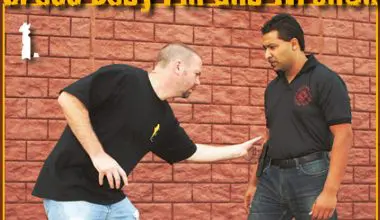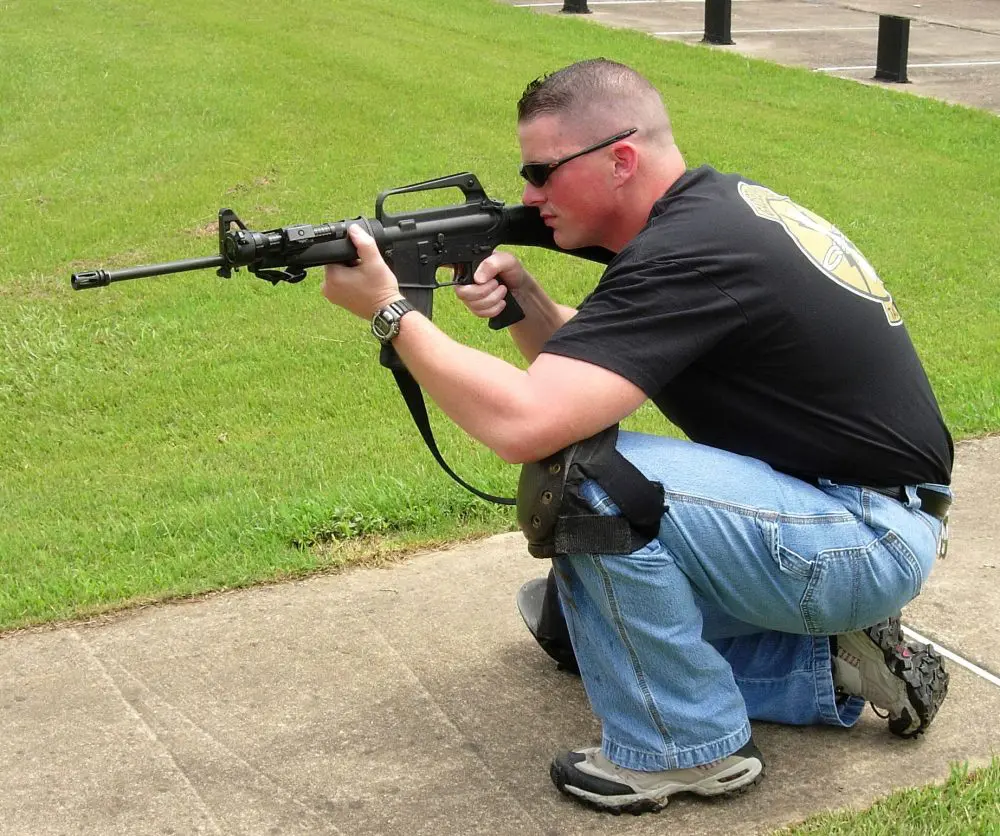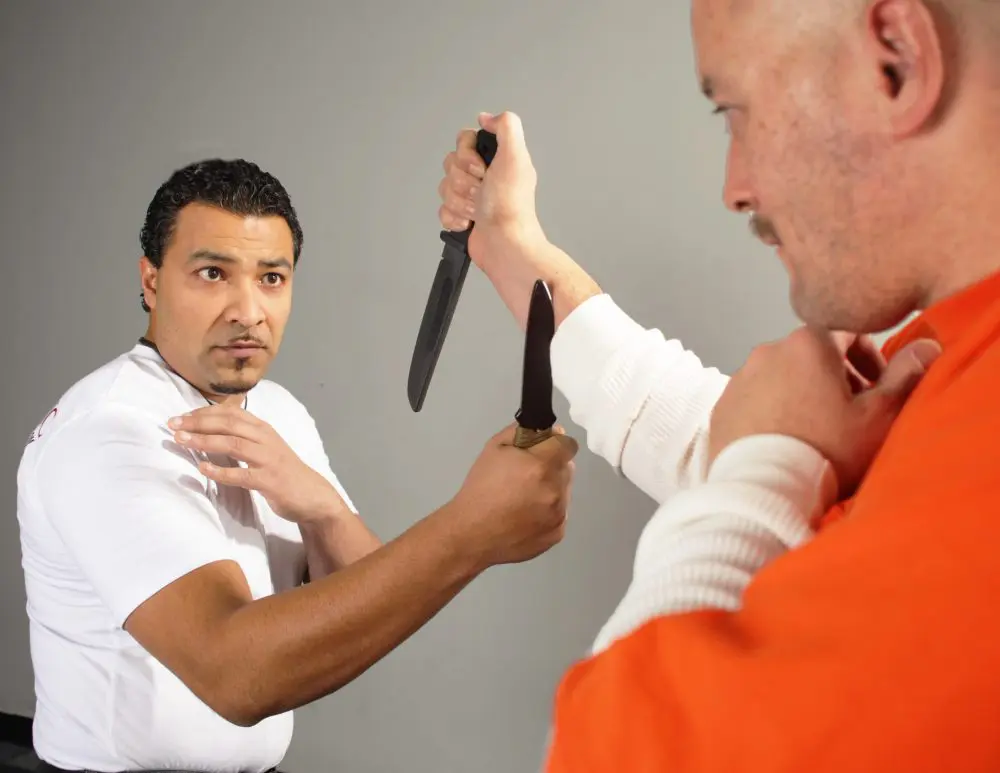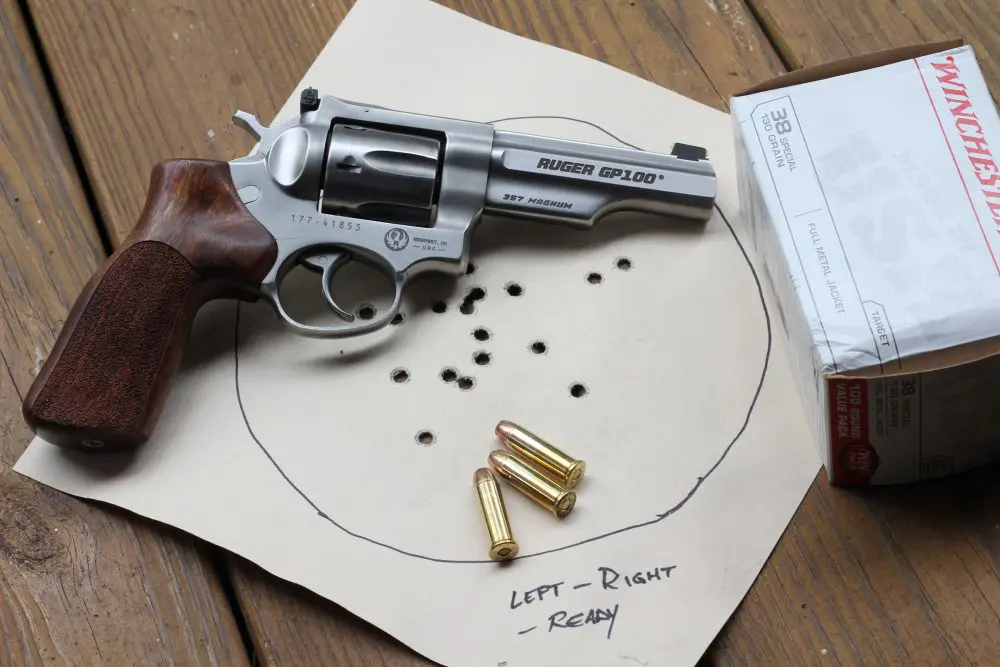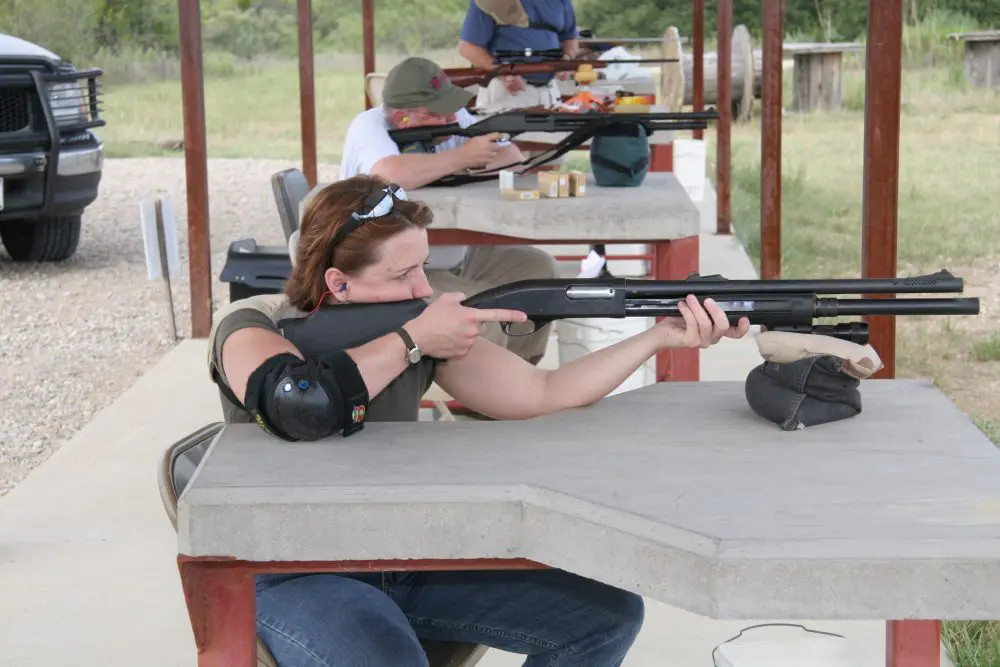Table of Contents
Maintaining Situational Awareness
Over the years, we have been taught to scan and assess after a shooting incident.

We have had it driven into us that not only must we do this, but also that the only reason to do this is to look for other bad guys.
The methodology on exactly how to do this was mostly nonspecific, but with two separate tracks.
THE OLD WAYS
The first method was to move the head in conjunction with the gun, described as being like a tank turret.
Some questioned this because, if you were looking to the left and a threat appeared on the right, you would have to swing all the way over there to engage the threat.
Thus began the second method, whereby the gun remained stationary (centered) while the head and eyes scanned. No matter where a threat appeared, the gun would have less distance to travel.
This is true as far as it goes, but what happens in low light? If the gun remains centered, you will not have light off to the sides, where there may be dragons.
The technique has to be matched to the tactics.
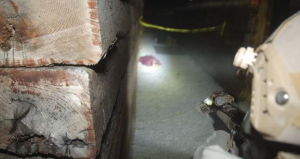
There was a lot of talk about how to actually conduct all the scanning and assessing, but in the end it turned into a series of kabuki dances, with variations ranging from loosely holding your pistol skyward and waving it at the clouds to a 360-degree pirouette.
The net result is the stylized, choreographed movements that may have appeared really neat as people looked around and behind, but what were they actually seeing?
The short answer is, they were seeing nothing.
BACK TO REALITY
Let’s take a hard look at what we are trying to do when we scan and assess.
Think about this. You have just gone toe to toe with someone, and your mindset and training have prevailed. Your opponent is down, but is he out? He may not be shot at all. Or if you did connect, he may not be incapacitated. Are there others around? What are your priorities?
Add to this the fact that when you are excited, a chemical cocktail is dumped into your body. You will have a sharpened focus on what was/is trying to hurt you.
That sharpened focus narrows your field of view so that you see only what represents danger to you—in this case, the guy who a few heartbeats ago was trying to make your children orphans. This focus manifests itself in tunnel vision—the loss of peripheral vision but with retention of central vision, resulting in a constricted circular tunnel-like field of vision.
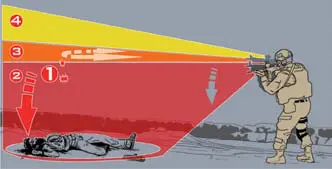 While we are in tunnel vision mode, our Situational Awareness (SA) becomes severely degraded, resulting in SAOAFR—Situational Awareness Of A “Friendly” Rock. While in the state of SAOAFR, we are extremely vulnerable. If we want to increase our longevity, we need to break out of this tunnel vision. Scan and assess are how we accomplish that.
While we are in tunnel vision mode, our Situational Awareness (SA) becomes severely degraded, resulting in SAOAFR—Situational Awareness Of A “Friendly” Rock. While in the state of SAOAFR, we are extremely vulnerable. If we want to increase our longevity, we need to break out of this tunnel vision. Scan and assess are how we accomplish that.
So far, so good. But the big problem lies ahead.
In our rush to get this scan and assess effort into motion, we lose sight of the trees and the forest. It is doubtful that Izumo no Okuni had gunfighters in mind when she established kabuki dancing some four centuries ago, but it is clear that her influence is observed daily in places she could never have imagined.
SQUARE RANGE, BAD HABITS
The majority of people on any firing line will, at the millisecond the last round of the drill is fired, snap that gun back/ down and engage the safety (both the primary—the brain—and the mechanical, if so equipped). They will then make a slow and deliberate sweep with the muzzle at slightly below eye level and, when completed, may look over first one, then the other shoulder.
And then they will relax and wait for the next command.
OK, I get it. They performed all the steps required. But what did they actually accomplish?
Here’s the rub. When our stalwarts are scanning on the square range, they are doing so on a single plane. And that is because our targets are always conveniently placed on line, shoulder to shoulder, 18 inches apart and all at the same height.
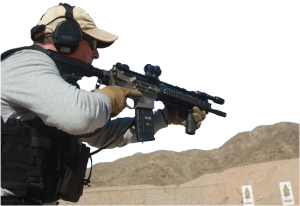
And because the only “training” most cops and military people get is qualification courses on a square range, this should come as no surprise.
But is it sufficient? Probably not. When you train only on a square range, you acquire tactics, techniques and procedures (TTPs) suited for the (drum roll) square range.
I often ask shooters why, when scanning, they never look down. The response invariably is, “Why do I need to look at him? I shot him—he’s dead.”
Well, maybe not. People fall in gunfights, so he may not be hit at all. And if you hit him, you may not have hurt him. And if you hurt him, you may not have killed him. And though he may die, he may not be dead yet. Are you capable of pronouncing death? Can you do it from a quick visual scan? Nope.
So that guy you have just shot is still a potential threat. Even though he is leaking, his blood pressure may come back up when he is horizontal, and he may still be capable of hurting you. Some recipients of GSWs do not show an obvious entrance wound. Rather than ignoring the guy on the ground, you need to start prioritizing your work.
Yes, other bad guys may be standing. Or they may be peeking over a mound of earth, or around a truck, behind a couch, or running away.
So maybe instead of a kabuki dance, we need to have a paradigm shift in how we approach scanning.
As opposed to waving the gun coupled with some hippy movements, how about if we use the time available to regain situational awareness?
PRIORITIZE
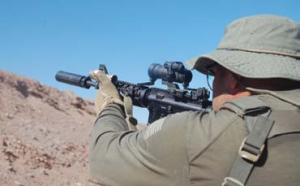
The first priority is to stop the bad guy from continuing whatever felonious act he was committing in the first place. You cannot use deadly physical force just a little. He must be stopped, and the best way to stop him is to completely incapacitate him.
Follow him to the ground and, if necessary, shoot him to the ground. Once he is down, understand that he is not necessarily out of the fight. Your finger is on the trigger, and the mechanical safety is off—you are still in the fight.
And the bad guy has a vote—the final vote—on when the fight ends. He can give up. He can cease being an earthly oxygen consumer. He decides when the fight is over, but you can influence that. Once he is down and you are satisfied he is no longer an immediate threat, you need to reduce your tunnel vision by looking hard at the guy you just dumped and then start expanding your situational awareness. Start breathing again—you will need that oxygen exchange.
Straighten your trigger finger and start looking. But looking for what?
Here is a clue: you are looking for what has changed. If there are more bad guys, they may already be engaging you. Or they may be rapidly departing the scene. Look for the good guys: your partner, team, family. Are they OK? Look for unknowns. Who are they? What are they doing?
When scanning, don’t just look, see! See who is nearby. See what is going on. The square range does not mimic the streets.
You have to be able to look out past the downed bad guy.
You have to look low, up, near and far—and not at the center of the paper bad guy you are used to putting holes through, standing x number of yards in front of you, and when all the good guys are on the line with you.
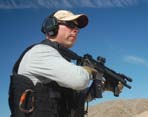
If you constantly train on the square range, you will get locked into that single plane, and that will restrict your SA. Remember that practice does not make perfect—it makes permanent. Restricting your shooting to that square range means those square range TTPs will be all you know.
During your scans, give another (or several) looks at the downed perp. Jason lives, and he has the ability to come back and do you harm. If you lose SA on the guy you just dumped—if you spend some of your precious time looking around at places where a threat is unlikely to appear—you may wind up in a state of SAOAFR (remember that?).
I was looking at reruns of the Mayweather/ Ortiz fight today. Ortiz had Mayweather against the ropes and then head-butted him.
After the ref broke them apart, Ortiz did not get his head back in the fight. And during that second or so when his SA was indeed that OAFR, Mayweather popped him in the cruller with a leftright hammer that put him out for the count.
Lose SA and lose the fight.
SCANNING SPEED
How fast do you scan? Good question, but just like how much precision do you need or how fast do you need to shoot, the situation will dictate the TTPs you need to resolve the situation. Consider that the faster you scan, the less you will see. Conversely, spending too much time doing a slow, methodical scan may result in your getting whacked by the guy you never got to.
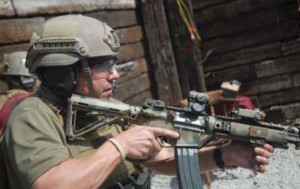
To illustrate this, consider two scenarios:
In the first, you are in a fight with a single opponent in an apartment house hallway. The bad guy is at the far end of the hallway, maybe 15 feet away. You have three other good guys at your back. You can see everything that needs to be seen very easily, and your complete scan may take two or three seconds.
In the second, you are in an activeshooter situation in a high school. You have just successfully engaged a bad guy in a school corridor. He is perhaps 10 feet down a hallway, and you are at a “T” intersection. You hear other shots being fired elsewhere in the building. There are multiple people running, apparently aimlessly.
How long will that scan go on? Where will you be looking?
OBSERVATION OF STUDENTS
I understand completely that the square range is a place where the basics are taught. And if gunfights were fought on the square range—flat earth, paper targets that can’t hurt you, targets all at the same height, spaced the same distance apart, not having to make any decisions as to when to shoot or how many shots to fire (the instructor does all that for you)—the good guys would always win and the bad guys lose.
And on the square range, the kabuki dancers will execute a series of moves. The moves may start with a step laterally, then pulling the pistol back into their chest or lowering the carbine. They will look left and right, then over their left shoulder and right shoulder. Some may execute a 360-degree pivot, slowly moving around in a complete circle.
During the multiple shoot-house classes I have observed over the long term, almost 100% of shooters make a very rapid visual scan immediately after the engagement. At my company, EAG Tactical, we use reactive targets that fall if hit properly, making the ritual scan moot.
We emphasize that bad-guy targets must be shot to the ground, and shooters have to regain their SA. They will normally do this quickly, as there may be unknown targets and no-shoot targets in the room, as well as their teammates and instructors. The shooter has to rapidly ascertain who is what and where everyone is.
This is pretty much as it is on the street as well….
Few—as in less than 5%—will look behind them. Rather than committing a known sin, this makes sense. In the shoot house (as in anyone’s house), you have walls in close proximity. Doing a pirouette would be contraindicated.
Ancient Japanese warriors had a saying: “When the fight is over, tighten the chin straps on your helmet.” The meaning is clear. The fight ain’t over til it’s over.
Pat Rogers was a retired Chief Warrant Officer of Marines and a retired NYPD Sergeant. He was the owner of E.A.G. Inc., which provides services to governmental organisations and private citizens. He sadly passed away in 2016.
Tribute Video Courtesy of Panteao Productions

